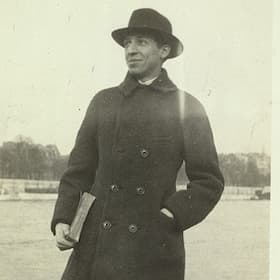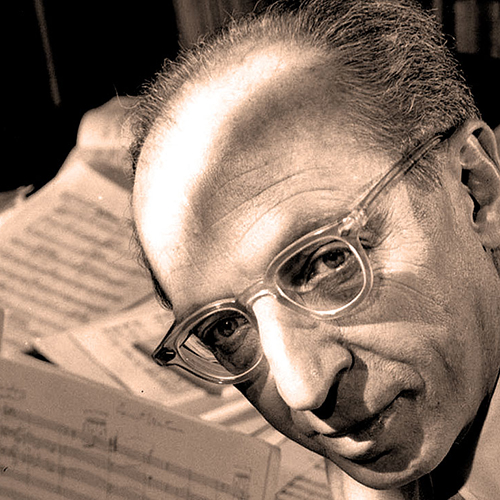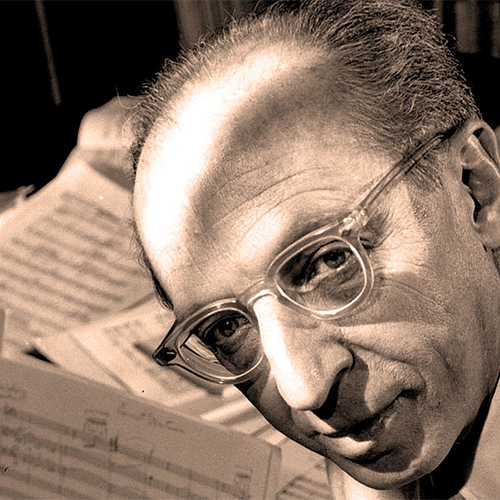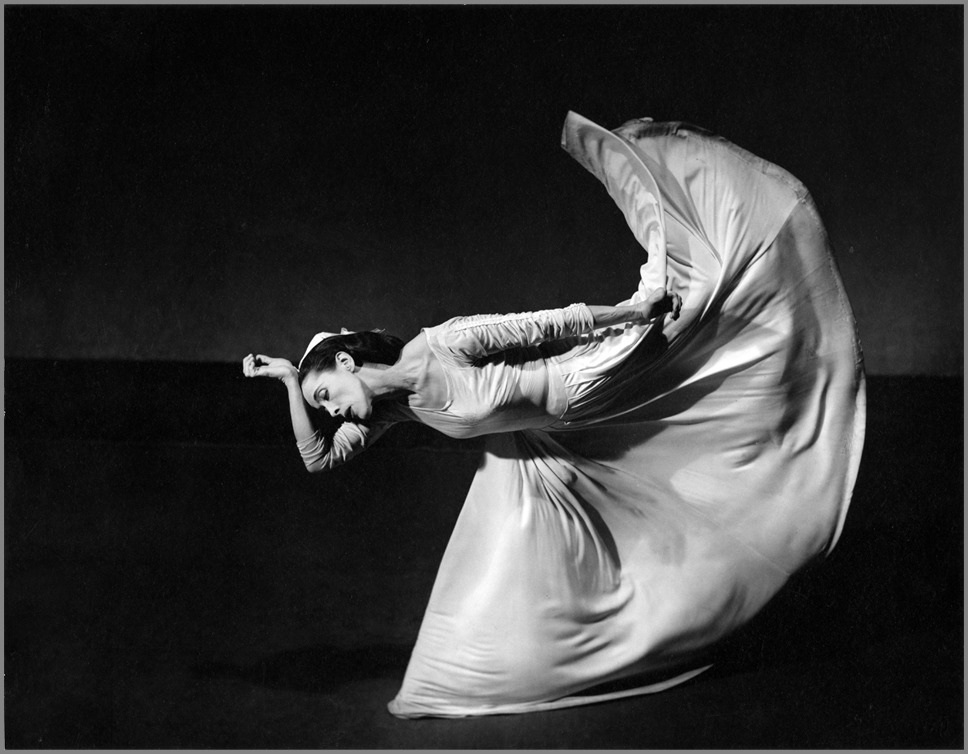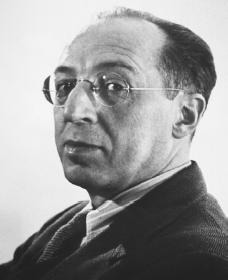Harris Morris Kaplan grew up in Lithuania, and before immigrating to the United States he lived in Scotland for a couple of years. It was in Scotland that he changed his family name “Kaplan” to “Copland.” He had no particular
Copland
When you think of the music of Aaron Copland, you think of light. Open vistas. Cowboys. Cowgirls. Pure Americanisms. But in the early 1920s, Copland was in Paris, starting to write his first orchestral music. He and his roommate, the
An old proverb states, “Traveling leaves you speechless, and then turns you into a storyteller. And that’s what happened to Aaron Copland after his first visit to Mexico City in 1932. His friend Carlos Chávez took him to a colorful
Aaron Copland, son of Polish and Lithuanian emigrants, was born in Brooklyn in 1900 and by the time he was 24, his compositions were already gaining interest. He was Nadia Boulanger’s first American pupil in Paris, laying the groundwork for
In 1967, Aaron Copland wrote a commissioned work for the New York Philharmonic’s 125th anniversary. The twelve-tone piece Inscape opens with a bang – with 11 of the 12 tones of the scale sounding at once.
Aaron Copland’s Most Famous Pieces Appalachian Spring Aaron Copland gained worldwide recognition for his ballet score Appalachian Spring. The work was the result of a commission by the modern dancer and choreographer Martha Graham and her contemporary dance company. Copland
I’m going to face up to a harsh reality here. The clarinet repertoire is small. Admittedly, it’s not as meagre as certain other instruments’ (which I will not list here for fear of opening up innumerable cans of worms), but
In 1915, Aaron Copland (1900-1990) attended a concert featuring the Polish pianist-composer Ignacy Paderewski. Young Copland, as well as countless young hopefuls around the world, was spellbound. He immediately decided to become a composer and enrolled in a number of

